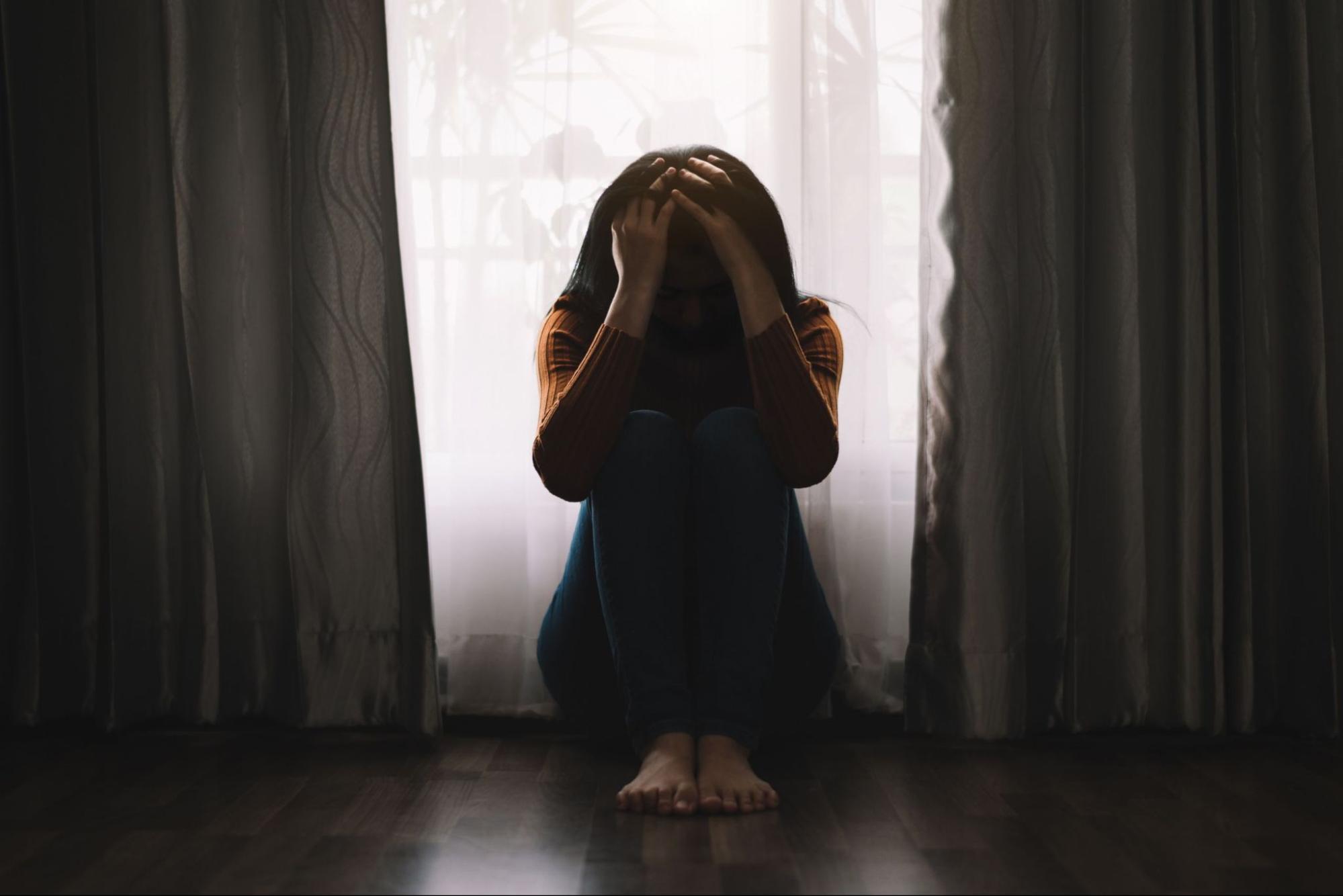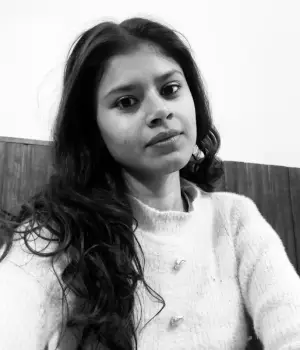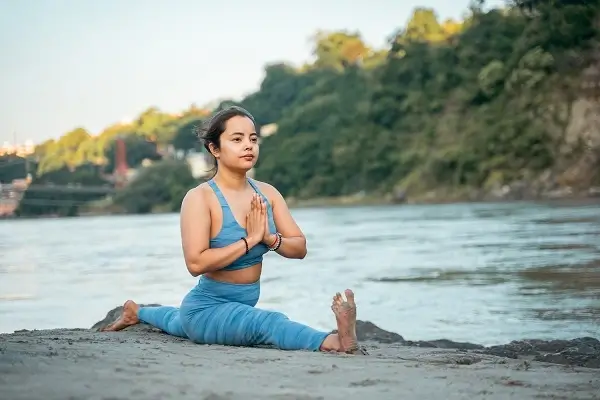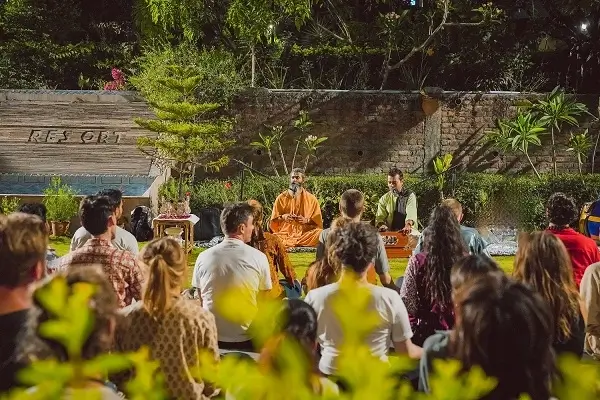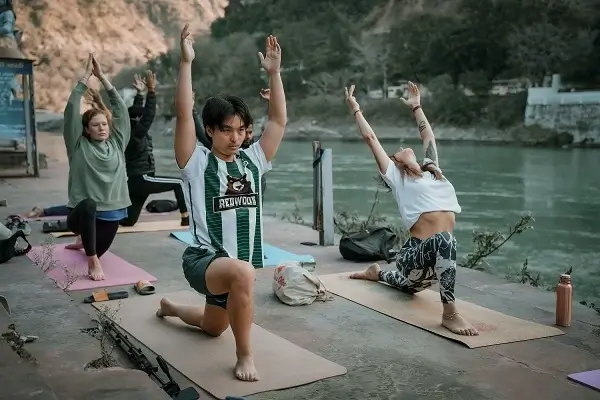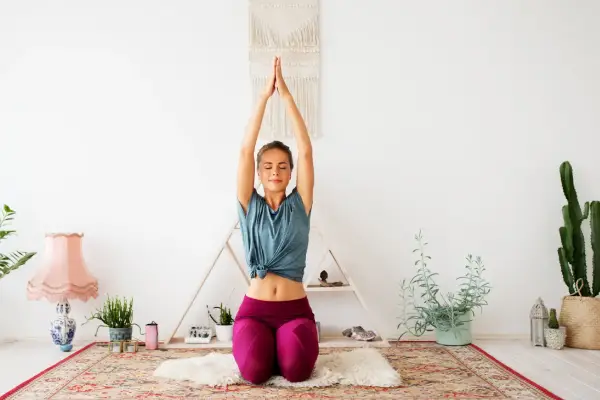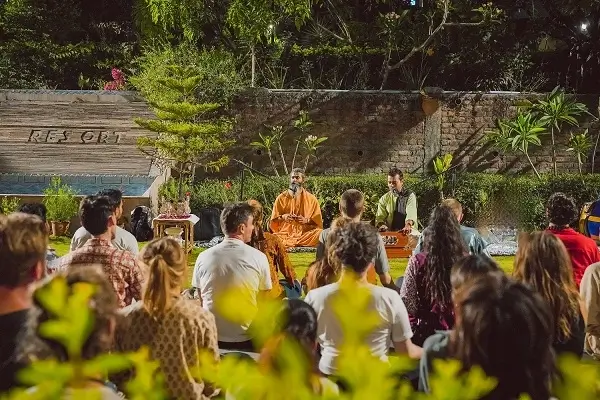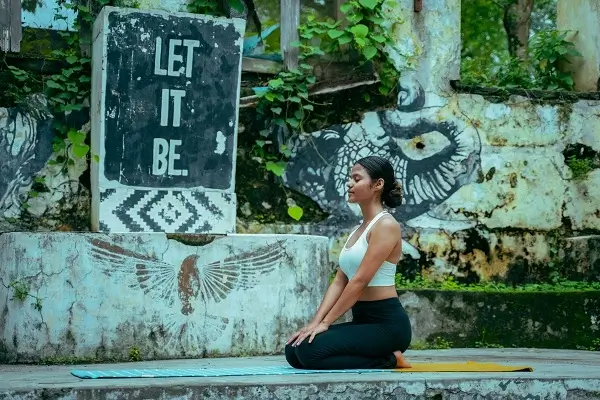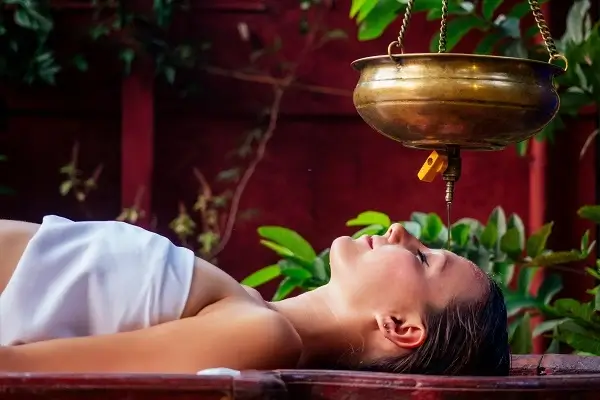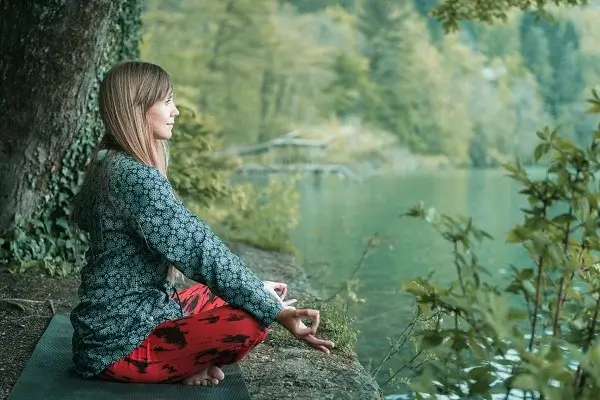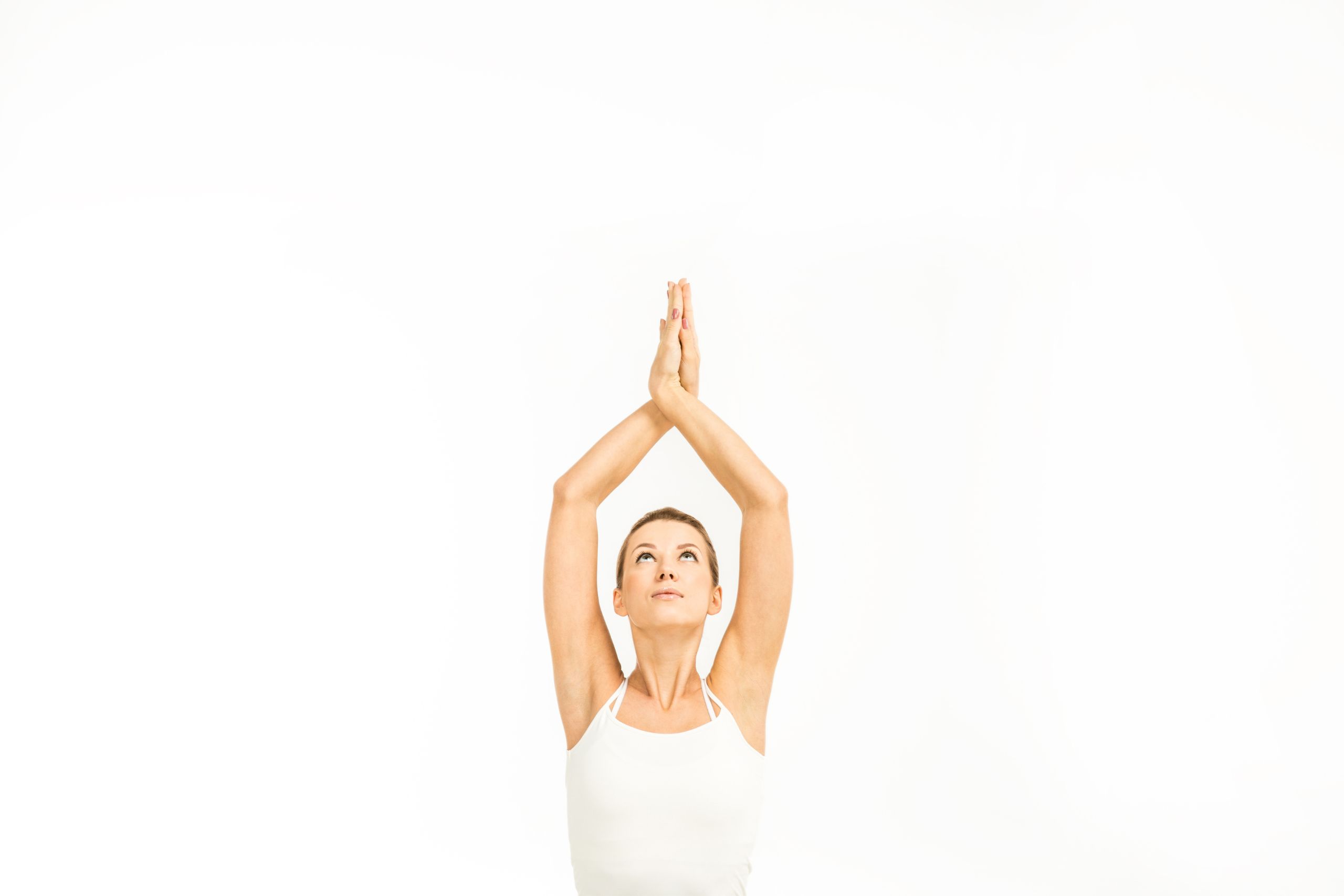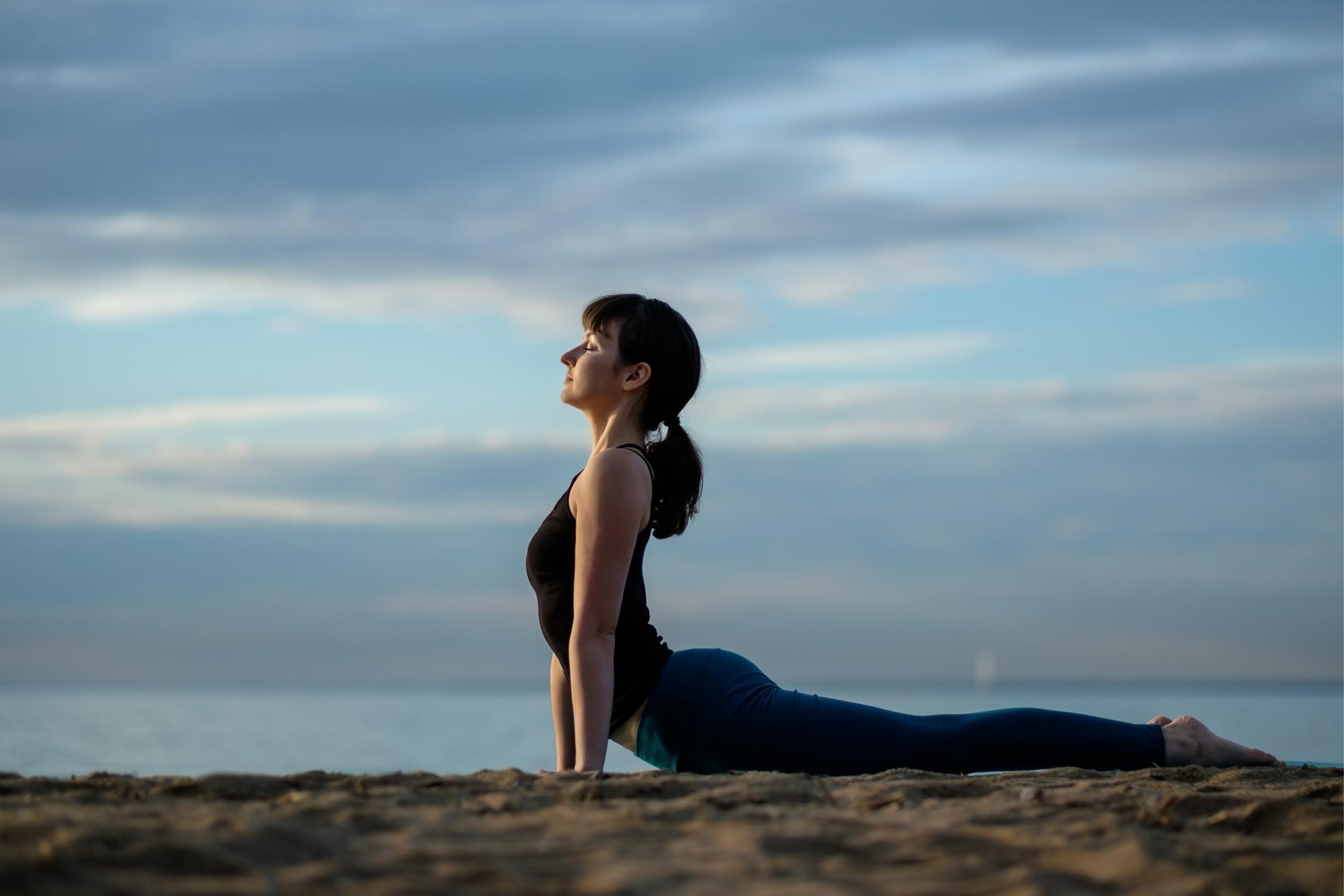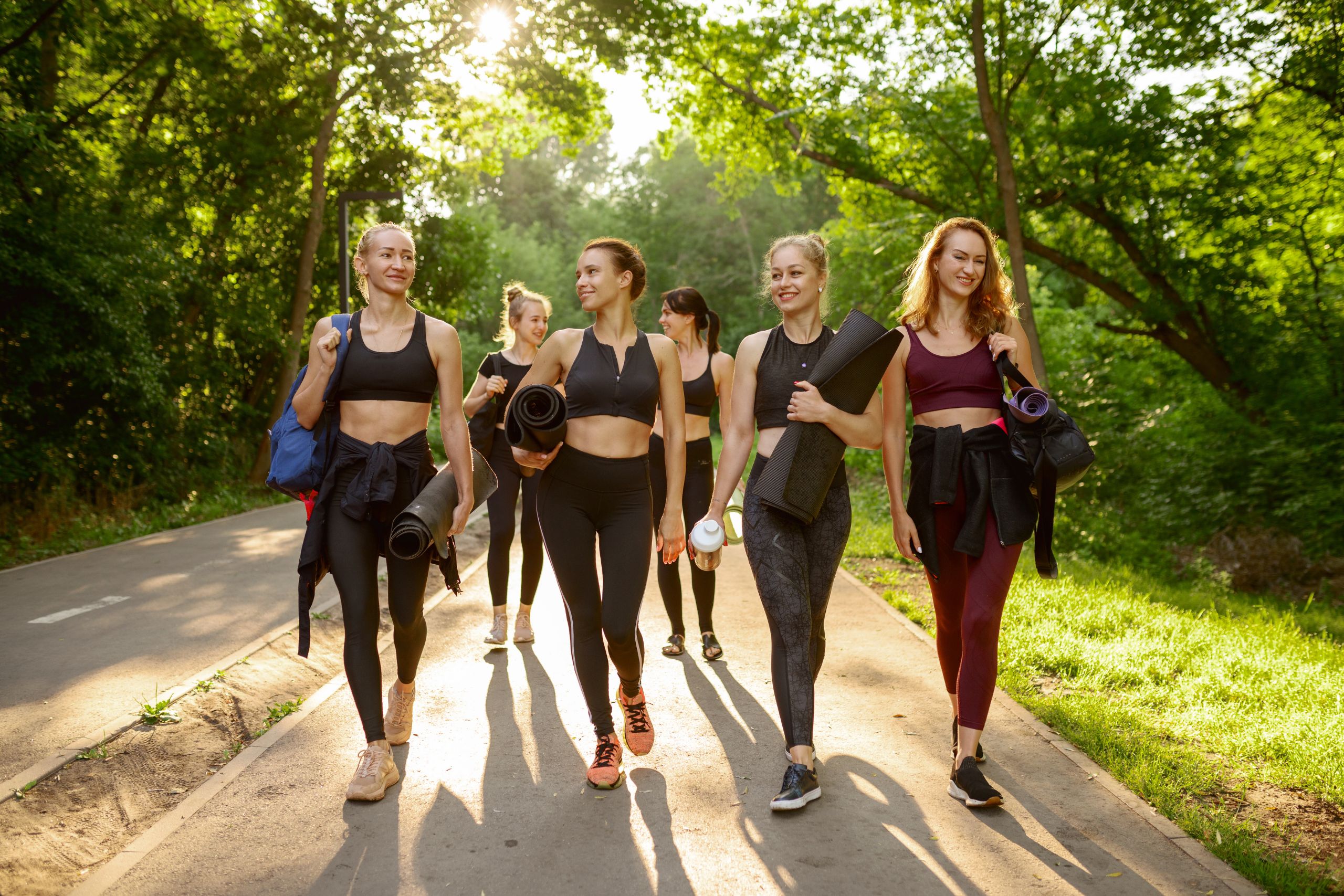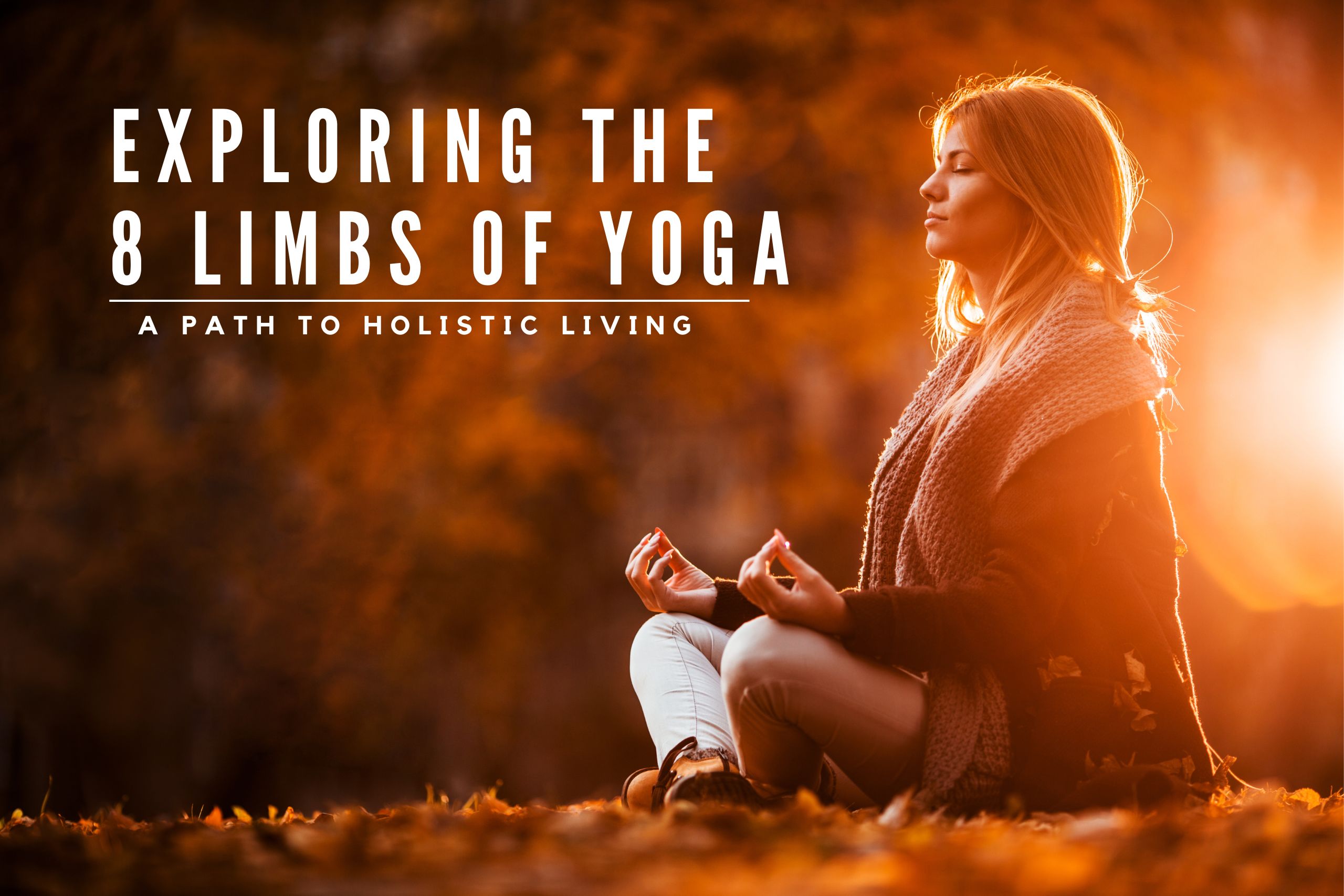Yoga For Depression- Poses, Pranayama, and Meditation Practices
Table of Contents
- 1. Yoga Poses For Depression
- 1.1. Surya Namaskar
- 1.2. Child Pose
- 1.3. Bound Angle Pose
- 1.4. Savasana
- 1.5. Bridge Pose
- 1.6. Camel Pose
- 1.7. Seated Forward Bend
- 2. Pranayama for Depression
- 2.1. Ujjayi Breath
- 2.2. Bhramari Pranayama
- 2.3. Alternate Nostril Breathing
- 2.4. Diaphragmatic Breathing
- 3. Meditation Practices For Depression
- 3.1. Mantra Chanting
- 3.2. Walking Meditation
- 3.3. Loving-kindness Meditation
Depression is a type of mood illness that impacts one's thoughts, feelings, and behavior and can result in a range of psychological and medical issues. Although anxiety and depression are distinct a person may suffer from the symptoms of both at the same time. Along with medication and therapy, yoga for depression is the best adjunct therapy which has been used for thousands of years to bring a positive change to our thoughts and emotions and relieve symptoms of depression.
Some of the signs and symptoms of depression may include feelings of emptiness, frustration, anger outbursts, low energy, sleep disturbances, lack of focus, increased or decreased appetite, headache, and back pain. Depression can significantly affect a person's life in many different ways. Its impacts might be psychological as well as physical, which in turn affect social and professional areas.
Yoga Poses For Depression
People experiencing depression may show a loss of energy and chronic exhaustion. Psychomotor agitation also leads to slow movement. It also impacts appetite. While some people may have an increased appetite and gain weight, others may have a drop in appetite and weight loss. Yoga poses for anxiety and depression help to maintain body weight and promote strength. It also relieves body pains, headaches, and gastrointestinal issues.
Surya Namaskar
Surya Namaskar lowers feelings of lethargy, and muscle stiffness, and promotes physical relaxation, and rejuvenation to the mind and body.
Steps:
-
Stand on the mat with feet together
-
Place your hands in the Namaskar position
-
Inhale raise your arms while slightly bending your back
-
Exhale bend from the hips to touch the palms to the ground
-
Inhale take the right foot back as far as you can
-
Stretch the left leg back in a high plank
-
Exhale bring your knees, chest, and chin down on the floor. Raise the hips and abdomen.
-
Inhale bend the elbows raise the chest, and gently arch the back
-
Exhale raise the hips, and bring the roso backward, to form an inverted V
-
Inhale bring the left foot in front. Lift the head.
-
Exhale bend from the hips to touch the ground
-
Inhale raise the arms to a slight backbend
-
Bring the hands in the Namaskar position.
-
Do the same with the other side. This will be one round.
-
Perform 5-10 rounds.
Child Pose
The child pose promotes calmness and creates and sense of stability.
Steps:
-
Place your knees slightly apart on the ground.
-
Exhale and bend forward. Slightly tuck your chin.
-
Extend the arms on the ground in front or extend them back toward the feet, palms up.
-
Let the weight of the shoulders stretch the shoulder blades widely across the back.
-
Breathe gently and deeply for 30 seconds.
Bound Angle Pose
The movement promotes a soothing effect on the body and nervous system.
Steps:
-
Come to a seated position. Pull your feet' soles together, letting your knees fall to the sides.
-
Hold onto the outsides of the feet. Bend slightly forward from the hips and lengthen the spine.
-
Now, flap the thighs like the wings of the butterfly.
-
Perform the stretch for 30 seconds.
Savasana
Savasana helps to reduce physical exhaustion and helps to calm the automatic thought process.
Steps:
- Lie down on the back
- Stretch your arms and legs out.
- Make sure the body is relaxed and there is no stiffness
- Take deep gentle breaths to release any tension and stress
- Perform for as long as you feel comfortable.
Bridge Pose
Gentle inversions like bridge posture help to reduce stress and promote relaxation in the nervous system.
Steps:
-
Lie on the back. Bend your knees.
-
Spread your legs with your feet flat on the ground.
-
Stretch your arms out to each side of your body to touch the back of the heels
-
Gently raise your hips
-
Tuck your chin in slightly toward your chest, which helps lengthen the back of your neck.
-
Put your hands under the back in an interlace
-
Engage your inner thighs and relax your glutes.
-
Hold for 30 seconds.
Camel Pose
It opens the chest to provide space for the upper body to breathe freely
Steps:
-
Kneel and sit upright
-
Place both hands on the hips and slowly open up the chest for a slight backbend
-
Gently bring the hands down to touch your heels or yoga blocks
-
Let the shoulder blades engage
-
Hold the pose for 5-8 breaths.
-
Bring the hands to the hips again and support the lower back to release and bring the body upright
Seated Forward Bend
It provides a full back stretch, spine stretch, and leg stretch which releases all tension from the body.
Steps:
-
Sit in the Dandasana pose.
-
Contract the belly inward and gently press your sitting bones into the floor.
-
Inhale and extend your back
-
Exhale and bend forward from the hips.
-
Maintain a straight back and avoid overstretching.
-
Hold your big toes if your hands reach your feet as you glide across.
-
Keep your elbows bent, extending them outward, and keep your shoulders away from your ears.
-
To extend the position further, raise your head slightly and lengthen across the front of your chest with each inhale.
-
Try to fold farther into the posture with each exhale.
-
Release the feet gradually, and take a breath to exit the posture.
-
As you release, slowly take a seat upright.
Pranayama for Depression
Yoga for depression and anxiety also includes pranayama or breathing exercises to increase concentration which in turn increases productivity.
Ujjayi Breath
-
Sit comfortably and close your eyes
-
Breathe gently through both nostrils.
-
Now, bring the awareness to the throat.
-
Slightly tighten the back of the neck for the practice.
-
As you inhale, try to constrict the throat.
-
The air making contact with the throat produces a hissing sound.
-
Now, release the breath through the nostrils, producing the same hissing sound.
-
Perform form 8-10 rounds.
Bhramari Pranayama
-
Select a pleasant, quiet area and sit comfortably.
-
Close your eyes, lengthen the spine, and relax your shoulders.
-
Press the index fingers on the ear cartilage slightly above the earlobes.
-
Inhale deeply through the nose.
-
Exhale and make a soft humming sound in your throat.
-
Pay attention to the sound and the sensations it elicits.
Alternate Nostril Breathing
-
Establish a connection with your breath.
-
Make the Vishnu mudra. Fold the index and middle fingers inward until they make contact with the palm. You will seal the right nostril with your right thumb and the left nostril with your right ring finger.
-
Inhale from the left nostril. To shut the right nostril, use your thumb.
-
Take a moment to pause at the top of your head.
-
Exhale from the right nostril. At the bottom of the exhale, pause slightly.
-
Inhale through the right nostril.
-
Exhale from the left nostril.
-
This is one round. Continue for 10-15 minutes.
Diaphragmatic Breathing
-
Sit comfortably on the mat.
-
Put one hand on the chest and one hand on the abdomen.
-
Breathe in softly through the nose. Ensure the chest is still.
-
Exhale with the mouth as you lightly press both lips.
-
Feel the abdominal muscles contract as you exhale.
-
This completes one round.
Meditation Practices For Depression
Meditation as a part of yoga for depression effectively helps to manage symptoms of depression. It alters how our perception and thought process responds to worry and stress. Depression is characterized by a lot of negative thinking. Meditation helps to become aware of those negative thoughts and sensations. It releases the destructive cycle of anxiety and depression.
Mantra Chanting
Similarly to prayers, mantra chanting has also been shown to significantly reduce stress by enhancing emotions of social connection and faith. Reciting a mantra is an easy practice of yoga for depression to lower stress and promote mental calm. Chanting may enhance one's sense of self-awareness and consciousness. The sound produced causes an increase in alpha wave activity in the brain, which is linked to a sense of mental peace, and relaxation. One can chant any mantra of their preference. It can be as simple as a beej mantra, or a positive affirmation.
Walking Meditation
Walking meditation requires a person to be mindful of their body movements and sensations while moving. It requires us to pay attention to our thoughts and feelings in the present moment. The speed of walking ranges from slow to very slow. It also helps us to focus on the 5 senses and be aware of our surroundings.
Loving-kindness Meditation
One of the best practices of yoga for depression is the loving-kindness meditation allows us to elicit empathy, compassion, and warmth towards others or a negative experience that we might have faced. It increases positive emotions like joy and gratitude which reduces the symptoms of depression. All these yoga practices will be taught in our yoga teacher training courses. Join our courses and take a step towards a healthy lifestyle.
